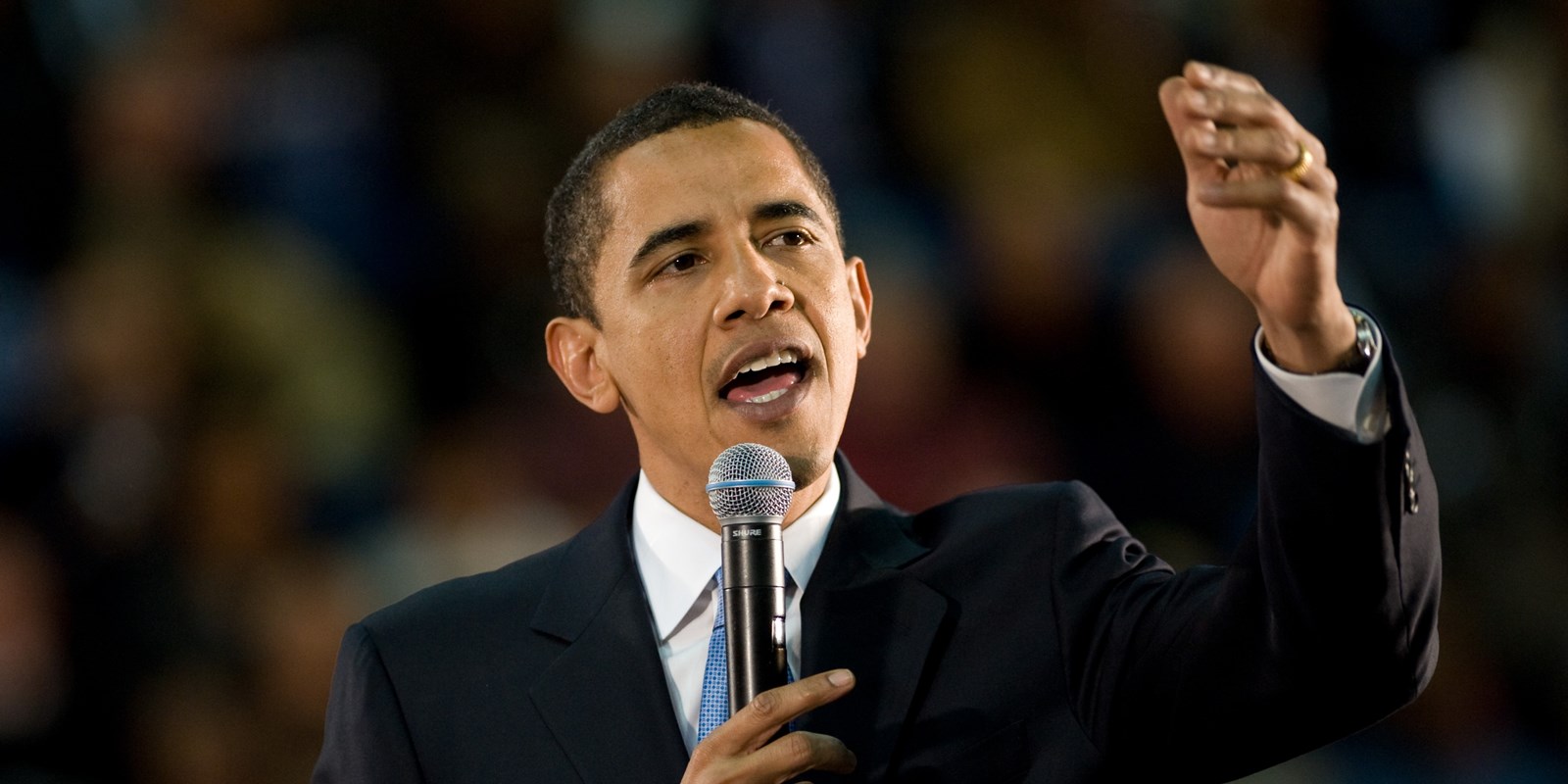An American Point of View

Democratic paradise. Totalitarian nightmare. Bleak tundra. Models for happiness. How can the Nordic nations embody such diverse images in the far larger United States of America?
The question became especially relevant over the past year, as political observers, American and international alike, were reminded of the viability of the nations as a rhetorical rallying point. The catalyst was Bernie Sanders (1941-), a self-proclaimed democratic socialist, who announced his campaign for president by declaring his admiration for the Scandinavian countries and their programs in education, healthcare, and childcare. The response from more established political candidates, including Democrat Hillary Clinton (1947-), was to admonish Sanders and remind him that, “we are not Denmark.” Still, the unforeseen popularity of the Sanders campaign left many to wonder if Nordic-style social programs could exist in the U.S.
For Americans like Sanders, the appeal of the Nordic nations lies in their representation of modernity and a potential future for the United States. Such a vision imagines the Nordic states as advancing down a different path from the U.S., one characterized by high democratic participation and a universal welfare state. For its supporters, a Nordic future envisions greater horizontal individualism and environmental protections. It was certainly the intent of President Barack Obama (1961-) to align himself with these ideas when he met with the Nordic prime ministers in Washington earlier this year and declared, “if only everyone could be like the Scandinavians, this would all be easy.” On the other hand, those concerned with state largesse point to high taxes and sluggish economic growth in the Nordic countries as the predestined outcomes of “socialist” policy. For American conservatives, this is all evidence of government run amok.
The meeting of President Obama with the Nordic ministers also indicates another trend: the treatment of the Nordic states as an international bloc. With the Nordic nations conglomerated into a single unit or brand, individual differences quickly become overshadowed by common characteristics, as the traits or policies of one nation serve as representative of the greater group. In such an arrangement, the wage policy of service workers in Denmark may be described as part of a common Nordic policy of redistribution, despite wages being determined differently in other nations. Furthermore, the Nordic bloc is also strategically valuable for the U.S., especially with the apparent reassertion of an aggressive Russian foreign policy in the Baltic.
But will the U.S. ever be like the Nordic countries? The chances, in the end, are small. Even Bernie Sanders eventually dropped his calls to imitate Scandinavia, a recognition that politicians cannot afford to be seen as dislocated from domestic issues and solutions. Nonetheless, it is likely the Nordic nations will continue to play an important rhetorical role in the U.S. as a vision of an imagined future.
Af Byron Rom-Jensen, ph.d.-stipendiat, historie, Aarhus Universitet